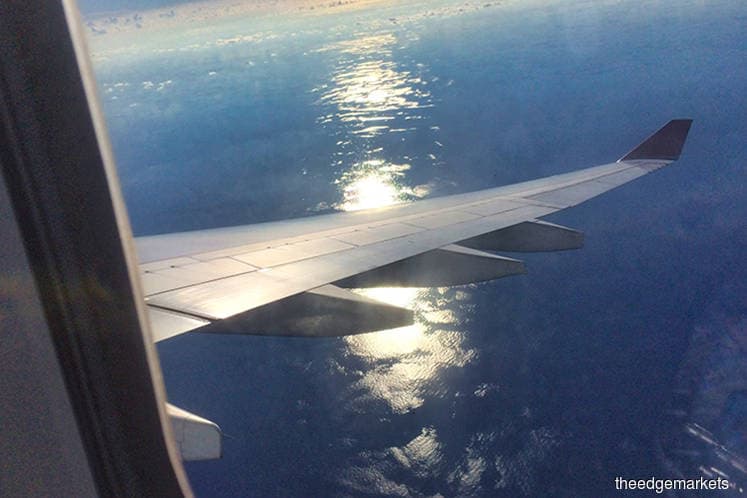
This article first appeared in The Edge Financial Daily on October 15, 2018
KUALA LUMPUR: The domestic aerospace industry, which had charted a strong double-digit growth over the past five years, has the potential to capitalise on the strong demand for aircraft components, said Malaysia Aerospace Industry Association (MAIA) president Naguib Mohd Nor.
In the first seven months of this year, for instance, the aerospace exports expanded by 23% to RM5.14 billion from RM4.18 billion in the same period 2017.
Owing to the strong demand for aircraft currently, Naguib believes it is possible for Malaysia’s aerospace exports to continue to record double-digit growth over the longer term.
“Mexico did it, their aerospace industry experienced double-digit growth for 10 consecutive years. At the moment, there are not enough manufacturers, the backlog of orders for Airbus and Boeing are about 45,000 aircraft and the supply chain cannot cope with that kind of demand now,” he said in an interview with The Edge Financial Daily.
He said the aircraft order still does not fulfil market demand, adding that Malaysia’s aerospace engineering capability is on par with Singapore.
“We are currently very successful in aerostructure and we are going into engines in collaboration with Singapore because engine makers like Rolls-Royce plc in Seletar Aerospace Park want more of the supply chain closer to their final assembly line,” he said.
Malaysian companies supplying components to Rolls-Royce’s aircraft engine assembly plant in Singapore include UMW Aerospace Sdn Bhd, which manufactures fan cases for Trent 1000 TEN and Trent 7000 aero engines.
Naguib stressed that the benchmarks in aerospace are high. “The unique feature of aerospace is that there is no Malaysia standard for the industry. The moment you enter the business, you have to be world class. There is only one standard, not like automotive,” he reiterated.
Malaysia External Trade Development Corp transport and logistics section director Yuslinawati Mohd Yusof pointed out that aerospace exports have been growing at double digits over the past five years and the government is aiming to accelerate its export potentials.
“We are working towards Aerospace Blueprint 2030, and if we are able to sustain this growth, it is likely that we could achieve the target,” said Yuslinawati who was also at the interview.
The blueprint targets to generate annual aerospace revenue of RM55.2 billion and to create over 32,000 high-income jobs in the country by 2030. Last year, aerospace exports grew by 54% to RM8.51 billion from RM5.53 billion in 2016, surpassing wooden furniture exports of RM8.06 billion, which saw a slower expansion of 6.6%.
In 2017, aerospace exports were equivalent to about a fifth of Malaysia’s palm oil exports of RM46.12 billion. The segment registered a growth of 11.3% from RM41.44 billion in 2016. Comparatively, electrical and electronic products — Malaysia’s largest export segment — grew by 19.2% to RM343 billion in 2017, from RM287.81 billion in 2016.
Yuslinawati said the government is committed to promoting aerospace exports and has partnered with the private sector to participate in various international exhibitions. “With this kind of collaboration, we can showcase our products more effectively and share the costs with the private sector.
“There are not many challenges we face in getting companies to join our programmes, as most in the aerospace industry do understand the need to go abroad and meet the clients,” said Yuslinawati.
Apart from exhibitions overseas, local industry conferences, such as the Kuala Lumpur International Aerospace Business Convention, also play a role in attracting more international procurement of Malaysia’s aerospace products.